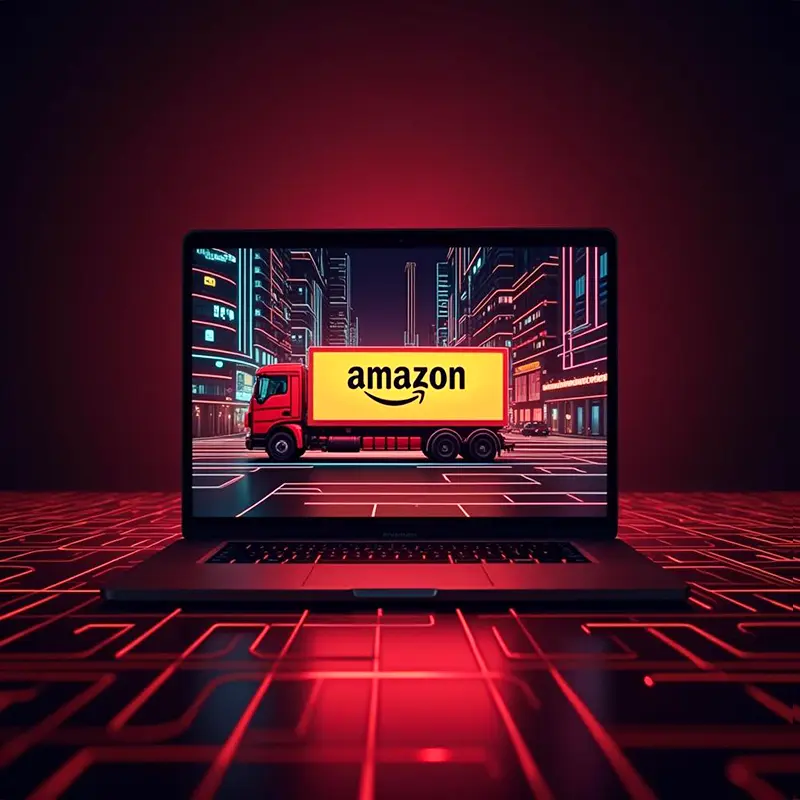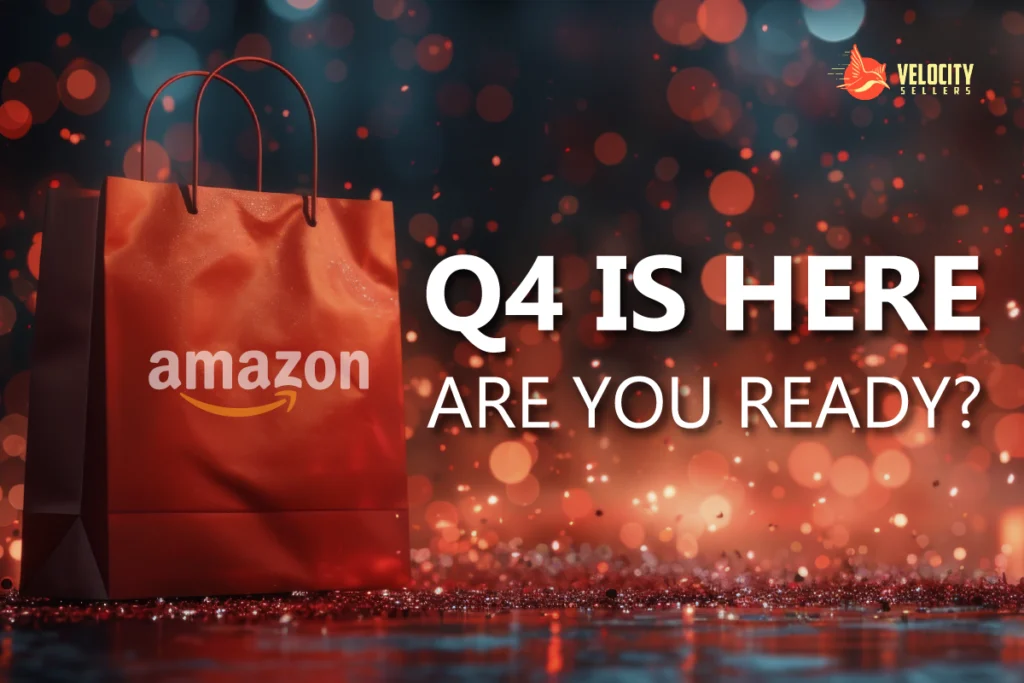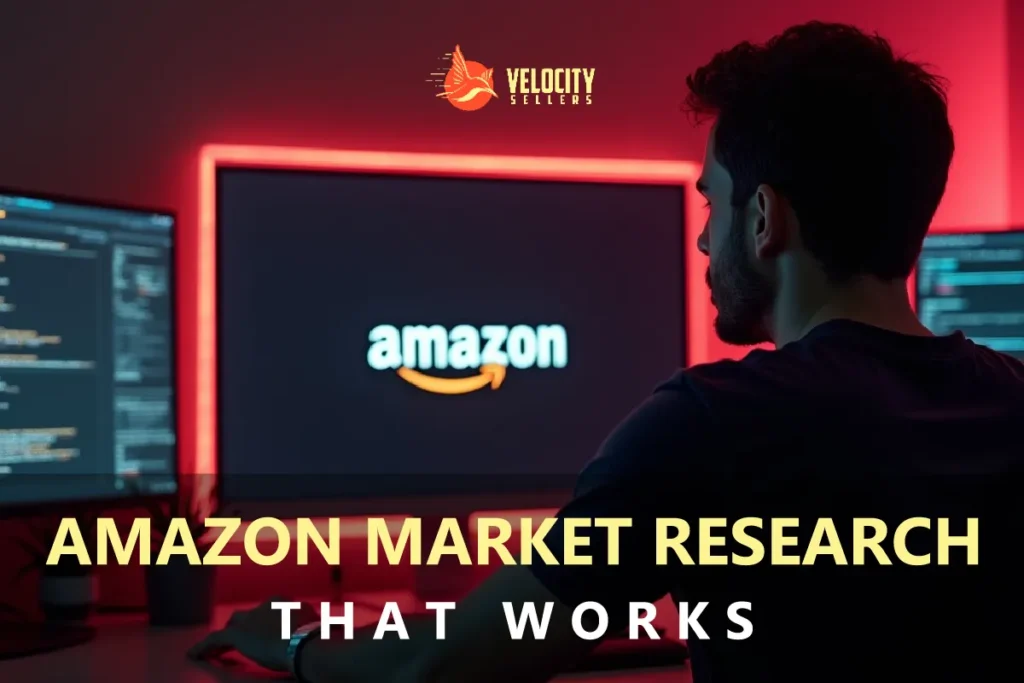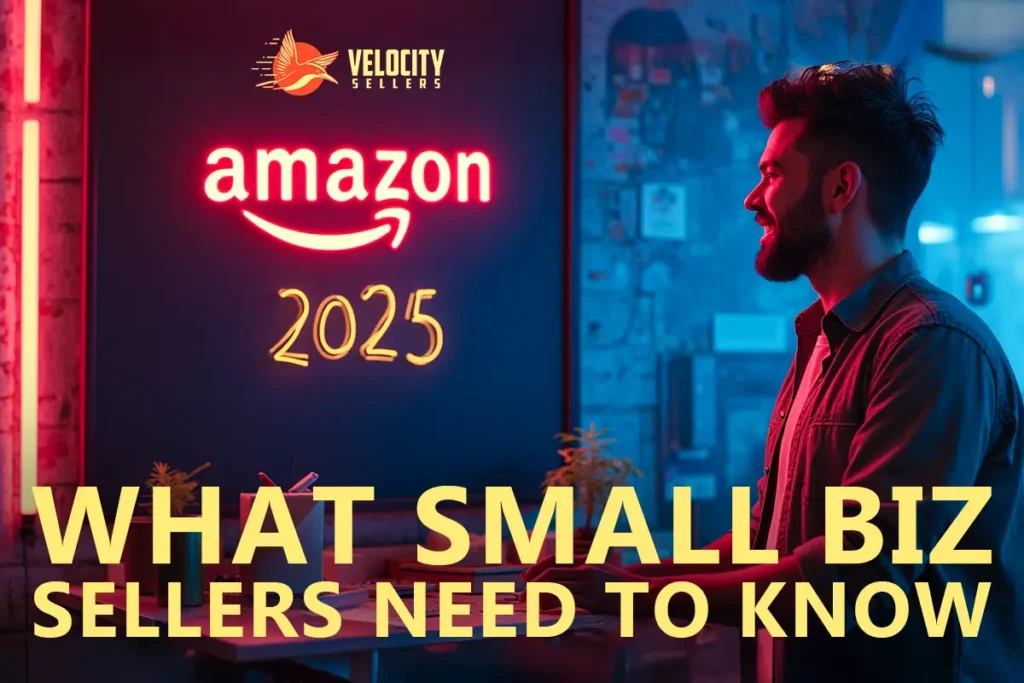- Amazon Supplier Costs & How to Lower Them
- How Exchange Rates Impact Amazon Businesses
- Best Way to Lower Package Pricing for Products
- Amazon PPC: Stop Wasting Money on Bad Ads
While economists are far from certain, most agree that a recession will hit by 2023. Inflation and rising interest rates have slowed the US economy, prompting many consumers to be conservative with their purchases. Consumers are tightening their budgets, and competition is more cutthroat, which is why eCommerce businesses and brands must be savvy to survive the recession.
Amazon Supplier Costs & How to Lower Them
Amazon is constantly changing the game when it comes to e-commerce. While that can be a headache for sellers, it can also be beneficial. Amazon has done much work to make its marketplace more attractive and competitive than ever before. As a result, your options as a seller have never been better—or more complicated.
What are Amazon FBA Supplier Costs?
Amazon FBA stands for “Fulfillment by Amazon” and refers to a fulfillment strategy where Amazon warehouses your products and fulfills orders on your behalf. In short, when someone buys from you on Amazon, it is actually from Amazon. All you need to do is ship the product directly to the customers from an Amazon warehouse. The benefit of this system is that you don’t have to worry about shipping or storing the product (which can be very expensive). However, you need to consider the fees associated with using their service when calculating COGS (cost of goods sold). According to the latest US FBA fulfillment fees update, there’s a 5% fuel and inflation surcharge applicable to all product types and units.
How can you reduce supplier costs without hurting your business?
The first step is finding a dependable supplier. This will allow you to get your order shipped as soon as it’s complete without paying for weekends, holidays, or times when the factory is closed. It will also help minimize downtime because of any issues that might occur during transport. Secondly, consider container shipping for lower per-unit costs and fewer wasted days on inventory stock in transit. Thirdly, buy direct from the factory, so you don’t have to pay any middlemen.
One of the most important things to do when building your brand is to find a quality supplier you can trust to deliver. Once you’ve found one, they must continue to meet your needs and expectations as time goes on.
Check if your prospective supplier has a good reputation and is willing to work with you by providing samples. Visit their factory and offer suggestions on how they can improve their processes. Consider things like delivery time and location, as well as their reputation and compliance with industry regulations.
Moreso, here are ways you can lower supplier costs:
- Get your order shipped as soon as it’s complete.
- Don’t wait until the last minute to ship your product. You’ll need time to prepare your packaging, and you may have to deal with increased shipping costs if you wait until the last minute.
- Don’t pay for extra days of storage. If a supplier ships their products on a regular schedule, there’s no reason to hold them back just because they’re not ready yet—tell them when you want them shipped and let them know that they must make room for yours in the freight shipment instead of waiting for another day or two before sending it out!
- Avoid paying for weekends, holidays, and times when the factory is closed. If you work with a closed factory on weekends, you will have to pay for a whole week even if it only produces half of that time.
- Plan to avoid last-minute freight costs. As you plan your shipment, remember that shipping costs are higher when the container is loaded at the last minute. This can result in additional fees and lead to unexpected expenses that you can avoid with better planning. It’s important to plan so that you can know what your budget will be before loading your container.
- Have multiple shipments going out at once. If you have enough stock in one place, consider sending it all out together instead of one shipment at a time—this will decrease your overall cost per pound by keeping freight rates down for each load. It also helps keep inventory levels high since products won’t sit idle for long periods between shipments.
- Use less space on pallets (and fewer pallets). Depending on the size of your product and its packaging, there may be unnecessary excess space between individual products or packages within a pallet; this increases shipping costs because more weight needs to be added onto each pallet for stability purposes. * Consider using smaller boxes instead of large cardboard boxes whenever possible. *
- When looking for a supplier, buy directly from the factory. If you buy through a middleman, they will take their cut, and it will be harder to negotiate a lower price with the factory.
- Keep costs down for extra services like documentation and inspections, and negotiate these fees in advance whenever possible. For example, some suppliers may offer an inspection of your goods before they leave their facilities, but you may not need this if you have quality control protocols in place already. Likewise, suppliers will often ask for a certificate of inspection upon delivery, which is usually a fee that’s passed along to you. If you don’t require such documentation or inspections and can negotiate them out of the deal, it’ll be less expensive for everyone involved.
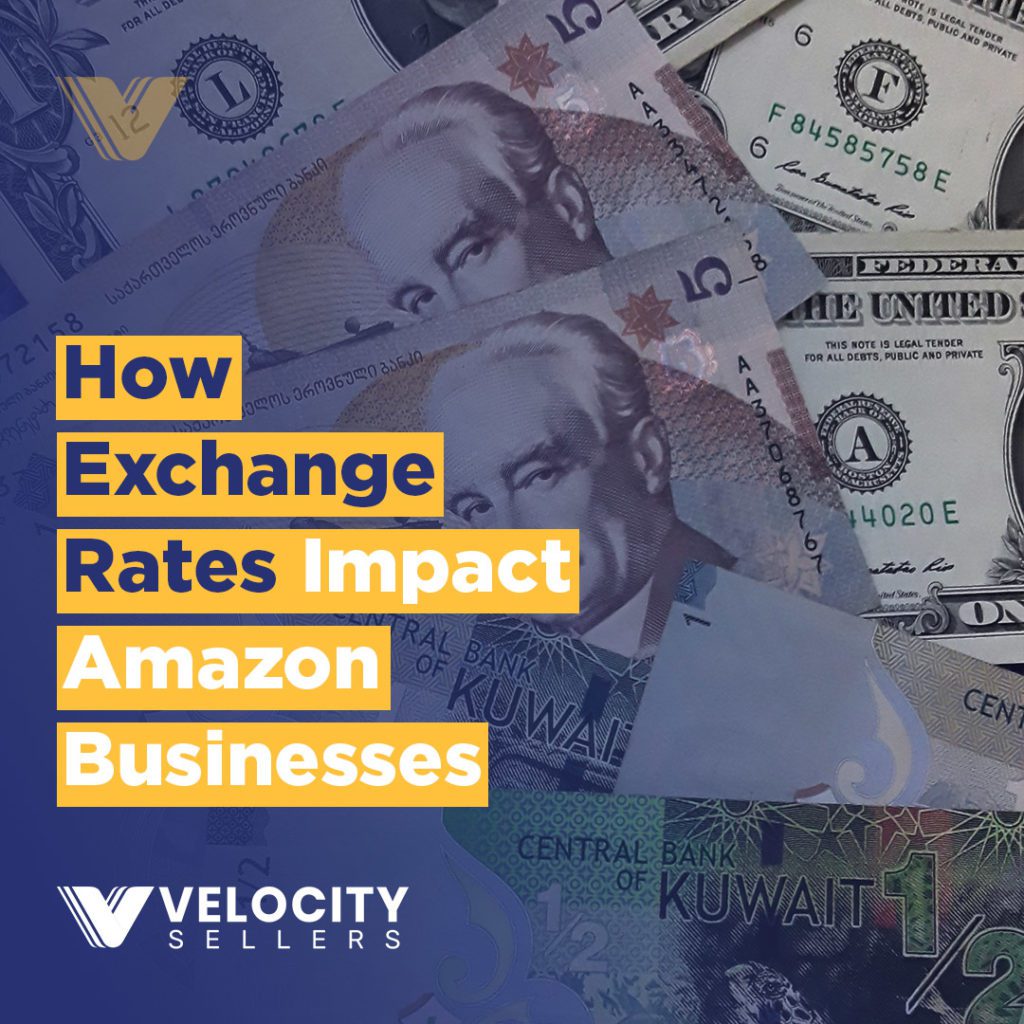
How Exchange Rates Impact Amazon Businesses?
Exchange rates are ever-changing, and there is no guarantee that you’ll get the exact exchange rate for your product as you did a day before. You must keep up with current exchange rate trends to maximize profits and minimize losses.
When you buy goods from international suppliers, you may need to pay for them in your local currency (USD). To do so, you’ll have to convert their price into dollars based on the exchange rate at the time. This can be a complex process that involves losing money because there are fees involved with converting funds across borders.
Your foreign currency earnings are converted into dollars by Amazon. The exchange rate depends on these two currencies’ current value—and the reserve currency (usually the US dollar) is used as a reference point.
When the exchange rate is favorable, your products will be cheaper for customers in other countries. You’ll have to charge more for your products when it’s unfavorable.
Many factors affect how much money is made or lost when buying and selling currencies overseas, including:
- currency market trends
- interest rate movements (e.g., if interest rates go up, then people will have less money available for spending on goods)

Best Way to Lower Package Pricing for Products
Lowering your product costs is one of the best ways to increase revenue. However, it can be hard to find suppliers that will give you a discount on products and services without much negotiation. Fortunately, there are many tactics you can use to negotiate with suppliers and get better prices.
- Find suppliers that don’t impose minimum order quantities.
The most crucial factor to consider when choosing a supplier is whether or not they have a minimum order quantity (MOQ). If you are planning on buying small quantities at first, you should look for suppliers that do not have MOQs. Many other factors come into play with this decision, such as whether or not the supplier charges a premium for small orders or offers discounts for large orders.
- Research on suppliers
Compare the current price with what you can find on the market. Consider how much other sellers are charging for their products. This gives you a good idea of what your competitors are doing and how much they pay for similar goods or services. You can then use this information to negotiate with your supplier and develop a new, lower price point that will allow you to offer customers similar value at a lesser cost without losing money on every sale.
- Negotiate, negotiate, negotiate.
Negotiating is your best bet. It’s the only surefire way to cut your package pricing and get the desired results. Negotiate with suppliers, negotiate with Amazon, and negotiate with customers.
- Consider working with a sourcing agent.
If you are working on a small budget or don’t have the time or resources to do this research yourself, it may be beneficial for you to hire someone who specializes in sourcing products and negotiating with suppliers. A sourcing agent can help track down some reliable vendors offering competitive prices for your product line.
- Think about long-term contracts
If you want to lower your product prices, consider negotiating long-term contracts with your customers. In addition to providing benefits for both parties, these agreements can help build trust between the buyer and seller. For example, if you can negotiate a better price on a 10-year contract than what was offered for one year or less, it can be viewed as a win-win situation by both parties. Additionally, you may also be able to negotiate other vital factors in your favor: delivery times and service levels could be improved upon when working with one customer over time versus multiple customers, lowering costs associated with those areas as well.
- You can increase your revenue by lowering the cost of goods sold.
The best way to lower the cost of goods sold is to buy in bulk. This will reduce packaging and shipping costs, the most significant expenses for shipping products.
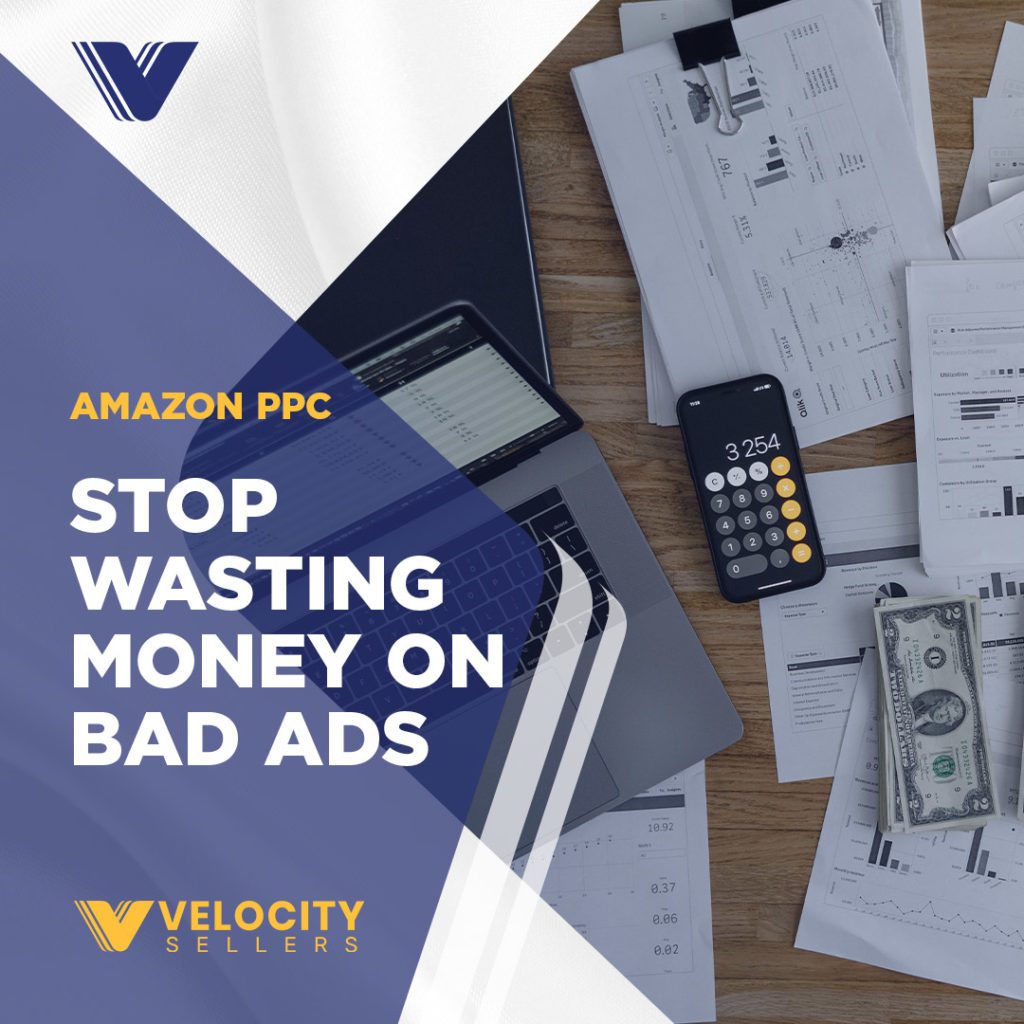
Amazon PPC: Stop Wasting Money on Bad Ads
Selling on Amazon gives your eCommerce business a platform to sell to millions of people. This means you need to maximize your advertising dollars to reach out to potential leads. However, if you haven’t yet mastered the art of Amazon advertising you are not alone. Pay attention to what you’re spending with Amazon and look for ways to boost conversion rates, reduce fulfillment costs and make your products visible on the platform.
If you feel like you’re wasting advertising dollars month after month, losing sales to competitors, or missing out on potential revenue, Velocity Sellers has an expert team of Amazon seller consultants who can manage and grow your Amazon presence. You don’t have to train and manage an internal operations team to boost your sales on Amazon. We do all the hard work for you so you can focus on the things that matter most.
We are a full-service Amazon management company that will handle every aspect of your brand’s presence on the Amazon marketplace. We work hard to manage your customer service, inventory levels, and shipping needs while providing the peace of mind that comes from knowing that your brand is presented on the world’s largest eCommerce platform. Our proven, full-service Amazon methodology helps businesses scale by creating customized sales plans, marketing strategies, and marketplace expansions.
Get a free analysis today.


